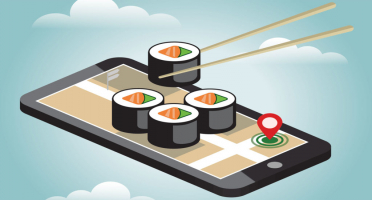Top 5 Most Popular Programming Languages
Are you starting to get used to programming languages? Then it’s important to learn about some of the most popular programming languages to date. Check out ... read more...this list below by Toplist.
-
Of course, whenever someone mentions the most popular programming languages in the world, most of us will think of Python immediately. In recent years, this language, Python, has grown into one of the most prominent languages for programmers around the world. You can find Python's presence in almost every familiar aspect, ranging from MI (machine learning) and website development to software testing. Even non-programmers have taken a great liking to this language program.
So now, let's have a brief look into what Python entails and what it can accomplish! So What exactly is Python? Python is a common programming language used mainly for developing websites and applications, automating processes, and doing data analysis.
Python is considered a "general-purpose" programming language, which means it may be used to develop a range of different applications and is not specialized for solving any particular issue - unlike a lot of other programming languages out there.
Due to this adaptability and versatility, Python is pretty simple to learn, even for people who are not adapted to programming and coding. According to numerous polls carried out by industry analysis company RedMonk in 2021, this programming language constantly ranks on the top of the favorite languages among developers.
Users: 8.2 million
Website: https://www.python.org/
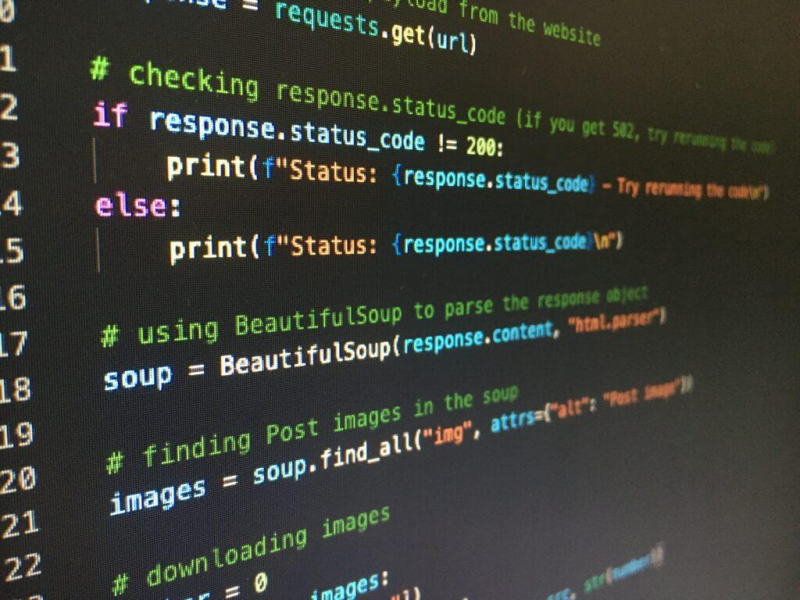
Source: Codingem 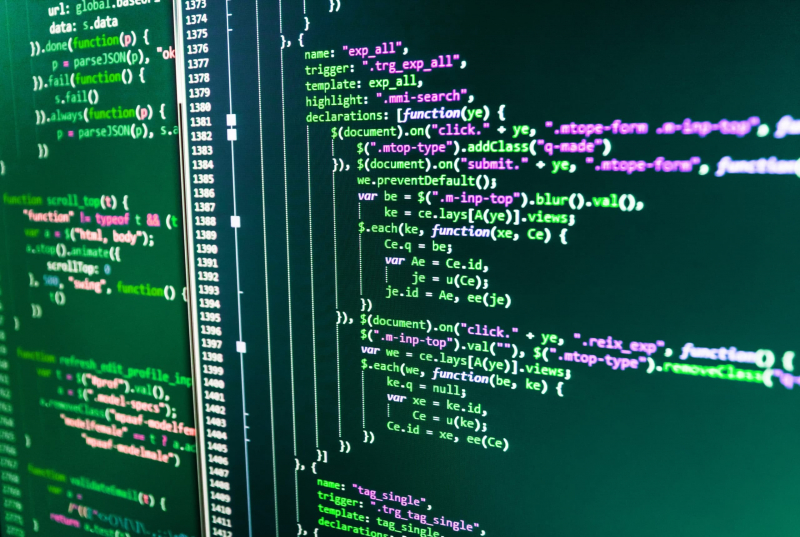
Source: Udacity -
C is a type of general-purpose programming language for computers, lauded as among the most popular programming languages in the world. Dennis Ritchie designed it in the 1970s, and it is still extensively used and important today.
By design, C's capabilities precisely mimic those of the intended CPUs. It is prevalent in computer architectures - ranging from the greatest supercomputers to the tiniest microcontrollers and embedded devices - and has found enduring usage in structural systems, device drivers, and protocol stacks, albeit less so in application software.
C is actually the successor of B, another programming language created between 1972 and 1974 by Dennis Ritchie at Bell Labs to create Unix utilities. It was used to reimplement the Unix operating system's kernel. Throughout the 1980s, C's fame increased progressively. And since 1989, ANSI and ISO (International Organization for Standardization) have standardized C as an official programming language.
To be more specific, C is an imperative procedural programming language with a static type system that supports imperative programming, lexical variable scoping, and recursion. It was compiled in order to give low-level accessibility to memory and language structures that translate effectively to machine instructions, with little runtime support. Despite its low-level features, this language was intended to facilitate programming across numerous platforms.
Users: 7.2 million
Website: https://www.cprogramming.com/
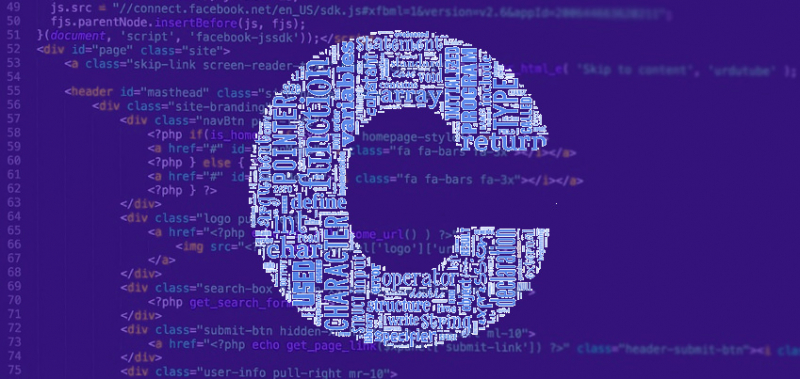
Source: Geekboots 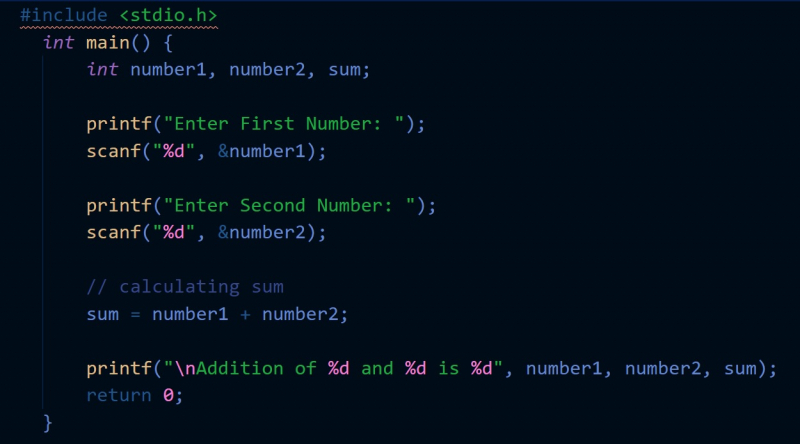
Source: Red Prism Groups -
Java is an object-oriented, class-based, and high-level programming language intended to have the fewest possible implementation dependencies.
In short, it is a type of general-purpose language designed to allow programmers to write once and run everywhere (WORA), meaning that generated Java code is possible for any systems that accept Java without recompilation. To be more specific, Java programs are converted to bytecode that may run on all kinds of Java virtual machines ( or JVM), irrespective of the underlying modern computer.
Java's syntax is comparable to those of C and C++, although it contains much fewer low-level features than either language. The Java runtime offers dynamic features (such as reflections and code change at runtime) that are often unavailable in conventional compiled languages.
James Gosling first invented Java at Sun Microsystems. In May 1995, it was launched as a fundamental component of Sun Technologies' Java platform. A few years later, Sun first published the original and standard implementation of Java processors, virtualization software, and class libraries under private licenses. As of May 2007, in accordance with the Java Community Process guidelines, Sun has relicensed the majority of its Java technology under the GPL-2.0-only licensing.
According to GitHub, as of 2020, Java remained one of the most used programming languages, especially for client-server web services, with an estimated 9 million developers.
Users: 6.1 million
Website: https://www.java.com/en/
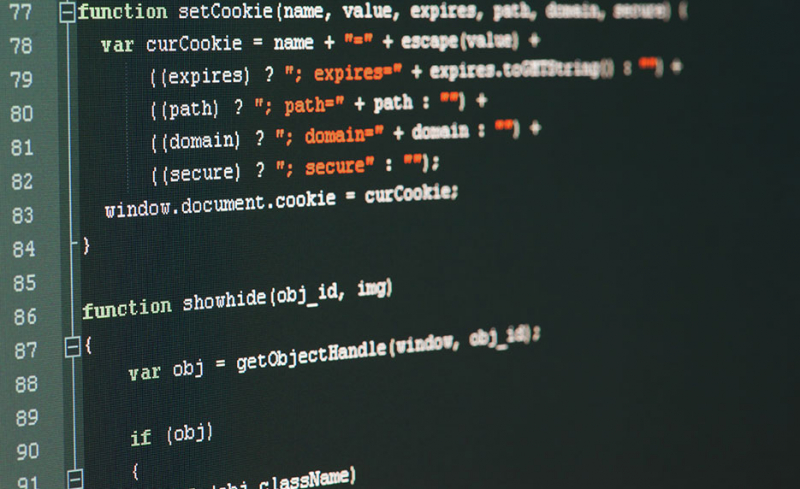
Source: Ed2Go 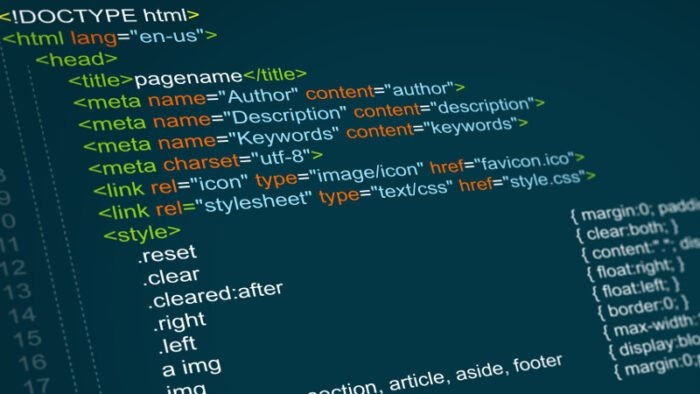
Source: The Windows Club -
SQL is a computer language developed for managing data in an RDBMS - or for data stream management system. It is especially helpful in manipulating data sets, i.e., data that has relations between entities and variables.
SQL has two major benefits over the previous read-write APIs like ISAM and VSAM. First of all, it first introduced the notion of gaining access to several records with a single command. Secondly, it also sidesteps the need to declare how to access a record, such as with and without an index.
Originally based on boolean calculus and tuple relational algebra, SQL includes a variety of statements that can be classified informally as sublanguages, typically: data query languages (DQL), data definition language (DDL), data control languages (DCL), and data manipulation languages (DML).
The scope of SQL also comprises data inquiry, number crunching (insert, change and delete), data validation (schema development and change), and shared data control. SQL is mostly a sequence of instructions, but it also has procedural components.
SQL was among the first commercial programming languages to implement Edgar F. Codd's relational concept. In his famous 1970 work, "A Relational Approach of Data for Massive Shared Data Banks," he described the model in vivid detail. Even though it did not strictly adhere to the relational paradigm as stated by Codd, SQL has slowly become one of the most used database languages today.
Users: 5.4 million
Website: https://www.mysql.com/
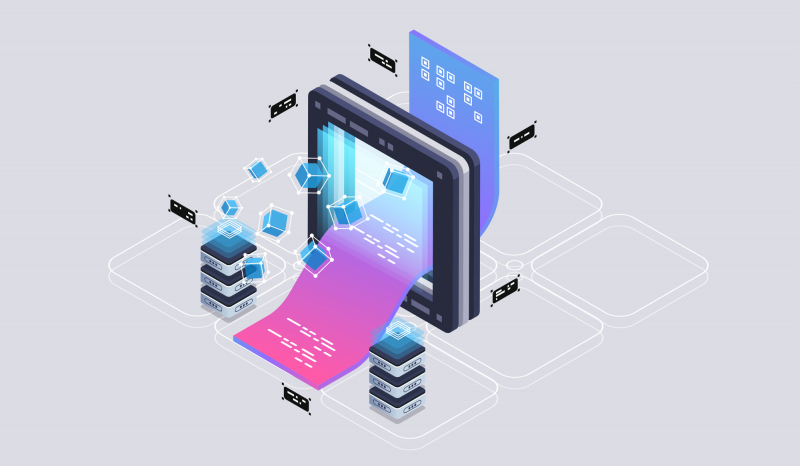
Source: LearnSQL 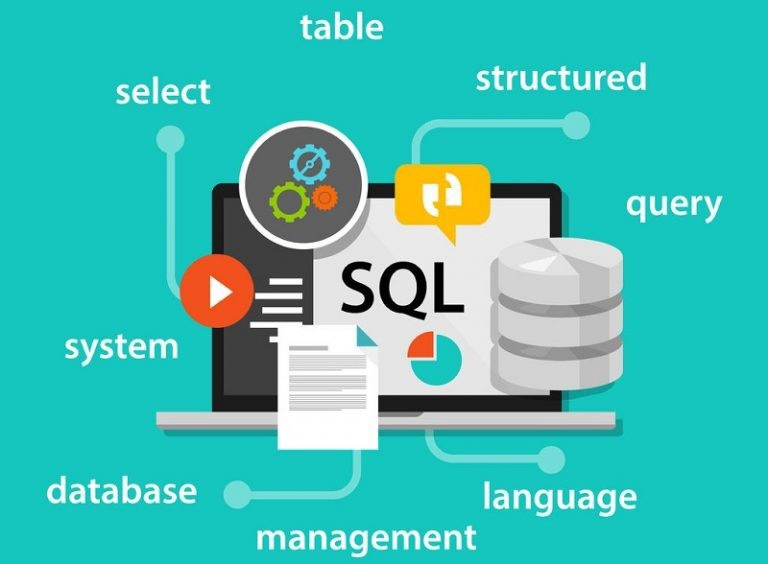
Source: Academily -
Swift is a type of compiled, multi-paradigm, and general-purpose programming language created by the company Apple, with the help of open-source communities. First published in 2015, Swift was regarded as a substitute for Apple's earlier-released programming language called Objective-C. Why? Because Objective-C has barely undergone any change since the 1980s and didn't have many contemporary coding features.
Swift has been working with Coca-Touch and Cocoa frameworks ever since then, and one primary aspect of its layout was the capability to cooperate with massive bodies of preset Objective-C codes created by many Apple products in the last decades.
A few years later, Swift was developed with LLVM compiler frameworks and included in the Xcode since its version 6, published around 2014. On most Apple platforms, it employed Objective-C libraries, allowing C++, C, Object-C, and Swift to operate within one single program.
In 2014, Swift was reintroduced at Apple's Conferences for Worldwide Developers with some latest modifications. It underwent major updates to the 1.2 version in 2014 and then to version 2 in 2015. Originally a type of proprietary language, Swift ver 2.2. was officially turned into an open-source program, accessible to even more users worldwide. Although Swift still pales in comparison to the four options introduced above, it's considered among the most popular by millions of users around the world.
Users: 3.8 million
Website: https://www.swift.org/
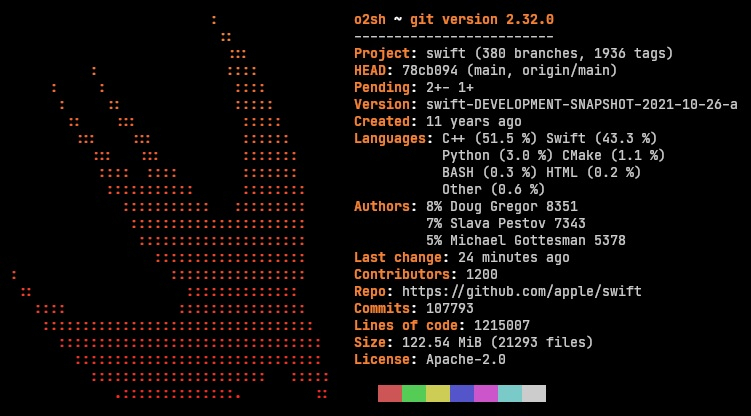
Source: Reddit 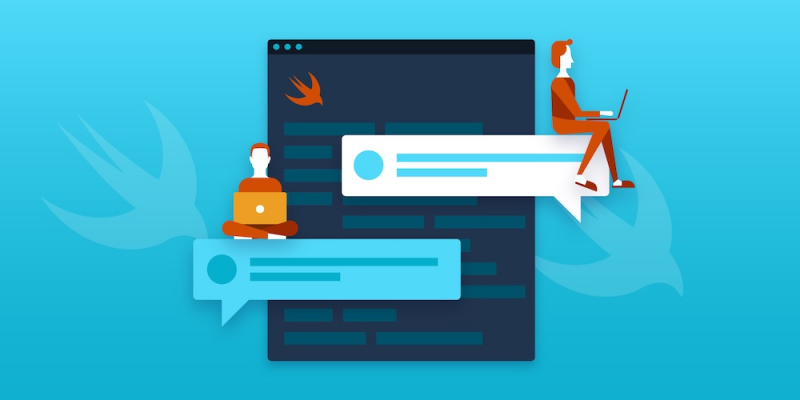
Source: PSPDFKit





















